
OR
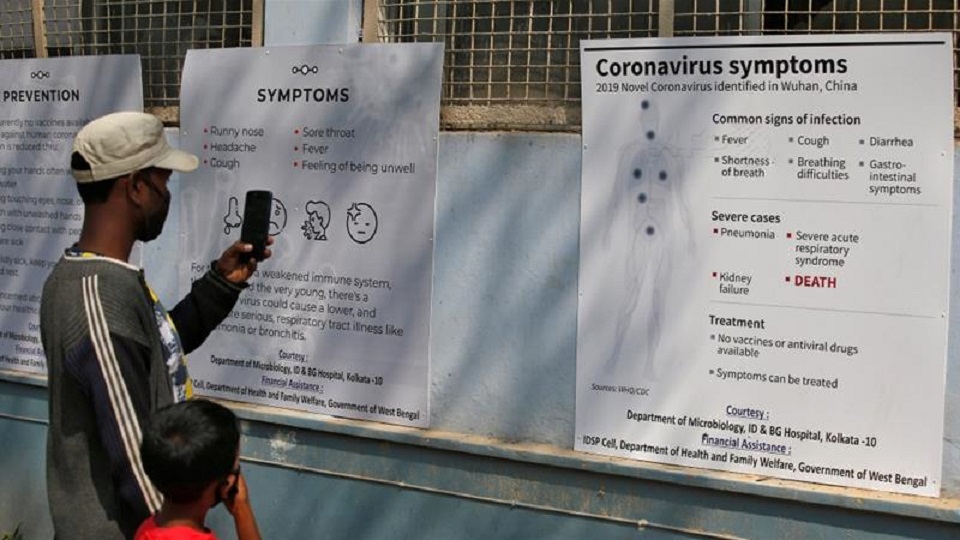
The only way to address people’s sense of insecurity during the times of pandemic is through effective communication and messaging
Communication in crisis is vital. Imagine how inordinate it would have been the intensity of coronavirus catastrophe up until now had there not been modern communication tools to prevent the spread of the virus. Effective communication is the most powerful weapon to fight the virus. Coping with the fright of deadly virus will largely depend upon how constructive messaging we can give to prevent its contagion. Proper flow of information at the right time can save the lives of people whereas its absence or misinformation can have shattering consequences.
Unlike in 1885, when Kathmandu faced a cholera epidemic, we now have access to communication channels. But even then there are challenges. For instance, curbing the spread of any contagious virus in a larger population with unmanaged settlements and dealing with complex communication phenomena with an abundance of flow and counter-flow of both right and wrong information are arduous tasks. Nevertheless, these complexities can be mitigated, if the political leadership, most importantly the government, acts responsibly through setting an effective communication mechanism for precautions and desired behavioral changes of the general public.
COVID-19 has dominated media space globally. The world is in lockdown. In Nepal, a sense of insecurity and uncertainty about what happens next has pushed the people to a trauma. The intensity of these troubles will arise. In such times, the only way to address people’s sense of insecurity is through effective communication and messaging. Countries that effectively implemented social distancing have been largely successful to contain the spread of the virus. Part of the reason why this happened is that the governments there effectively communicated the message.
Thus, the government, concerned agencies and organized groups including political parties need to focus on the underlying importance of strategically communicating the message to the people. This is important because misinformation, rumors, and unverified information can be more threatening than the disease itself.
So how should the government communicate? Sociologist Harry B Williams, in Some Functions of Communication in Crisis Behavior, describes how ‘feedback control, effective warnings, human behavior modeling, and information economics can be essential strategies to enable people to follow best alternatives that suit them during such crisis. UK-based Chatham House report (2011) states “strategic communications are seen to comprise four main components: information operations; psychological operations; public diplomacy; and public affairs.”
An infected person can spread the virus in an exponential manner. As people are panicking following the soaring spread of the virus across the globe, people may use improper ways to save their lives. So if the government creates an integrated information system it can collect accurate information if any outbreak takes place in the country and handle the cases cautiously.
Merely handing some data and information by organizing press conferences and making some announcements would not be sufficient. Imposing restrictions merely would also not work in enhancing behavioral disciplines. Rather, persuading or influencing the people to make them understand the right information at right time and change their behaviors can help. Additionally, we need to educate people on a number of issues including proper ways of hand washing and social distancing and enable them to report the cases if anyone is found with equalizing symptoms of the virus.
Constructive messages with the involvement of political leaders, artists, and actors, whom people believe in, maybe one way to motivate people to make informed decisions and act accordingly. Furthermore, producing educational content considering the psychological and emotional state of the people of certain locality can help make the desired effect. Creating Public Service Announcements (PSAs) and other notices and disseminating them through various layers of media including the local ones can play a significant part in the prevention initiatives. Public diplomacy and public affairs, here, can be applied as handling of the people’s concerns adequately and taking them into confidence so that they work together in line with the government strategies.
Ministries of communication, health, and federal affairs and local development should work in close coordination in designing persuasive messages and spreading them to the grassroots levels by activating all central-level agencies and their subordinates. Continuous messaging by using mass media, social media, and other apps can make a difference.
We have the tendency of politicizing all national agendas and dividing the people under certain political ideologies. This must be avoided. All parties should come together to prevent the contagion and support the people. Setting up proper communication mechanism and initiating the tradition of togetherness in such trying times will augur well not only to fight the coronavirus but also in handling the crises that may occur in the future.
The author is a lecturer of Journalism and Mass Communication at TU
You May Like This
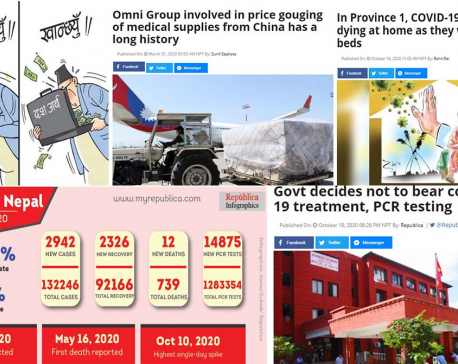
As Oli government limits its role to counting deaths during the greatest public health crisis, people are dying at an alarming rate
Experts say the government has decided to shred the constitution ... Read More...
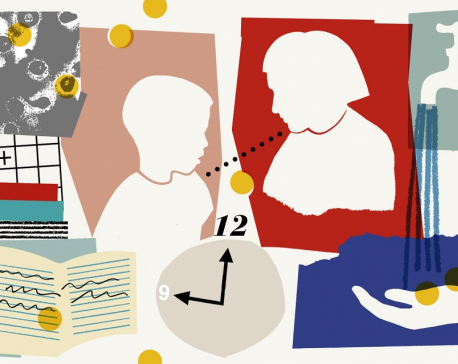
Talk to children about coronavirus
Everyone is talking about coronavirus. It is now a pandemic, with schools closed, and the country under lockdown. People are... Read More...

Website, mobile app launched on COVID-19
KATHMANDU, March 29: With a view to informing the people about the government initiatives against COVID-19 and make the control... Read More...



Just In
- Karnali CM Kandel secures vote of confidence
- National Youth Scientists Conference to be organized in Surkhet
- Rautahat traders call for extended night market hours amid summer heat
- Resignation of JSP minister rejected in Lumbini province
- Russia warns NATO nuclear facilities in Poland could become military target
- 16th Five Year Plan: Govt unveils 40 goals for prosperity (with full list)
- SC hearing on fake Bhutanese refugees case involving ex-deputy PM Rayamajhi today
- Clash erupts between police and agitating locals in Dhanusha, nine tear gas shells fired










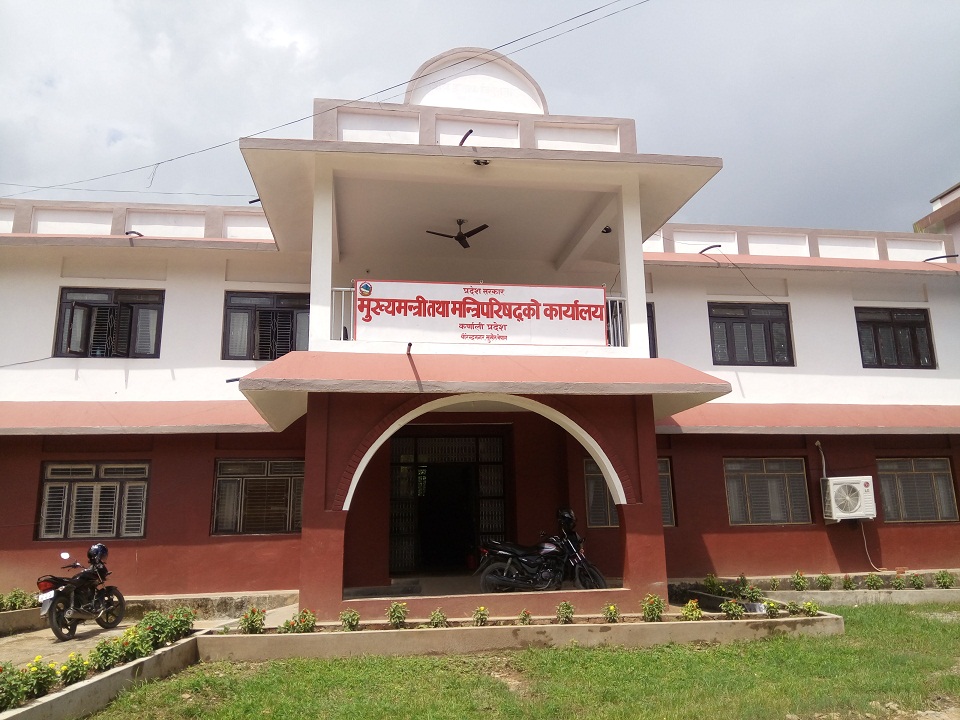

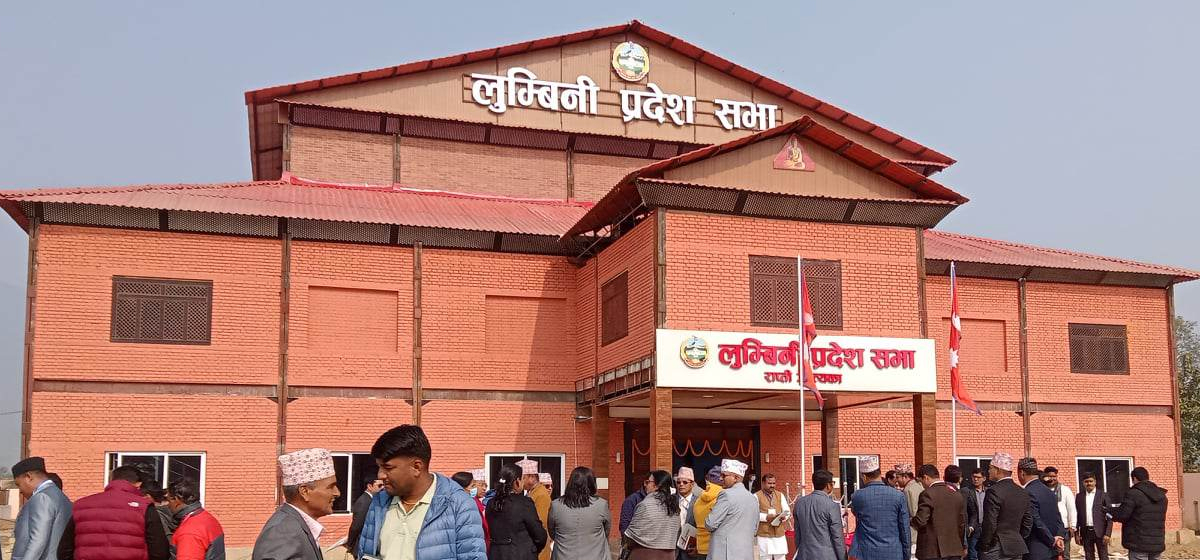




Leave A Comment